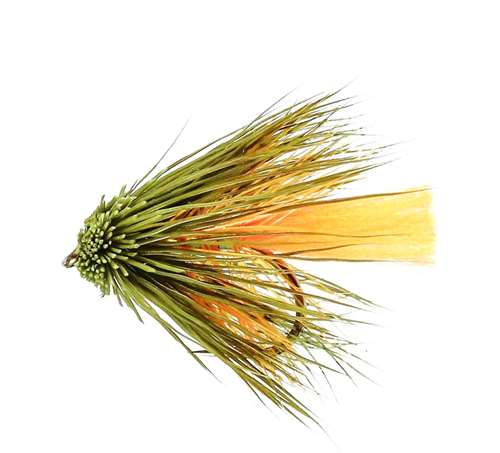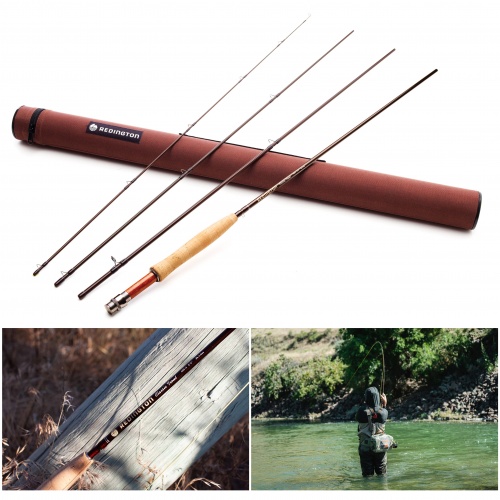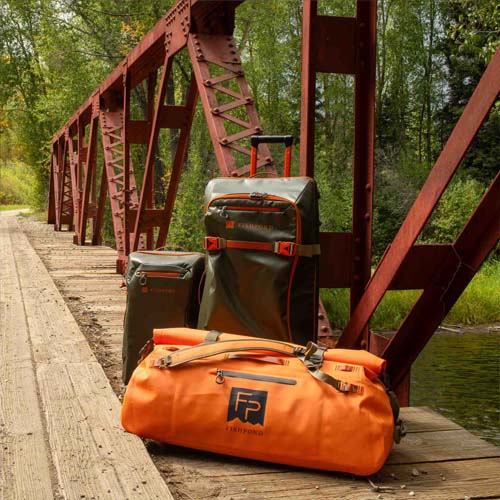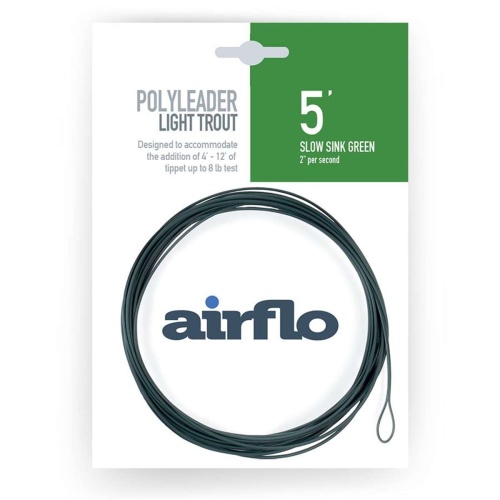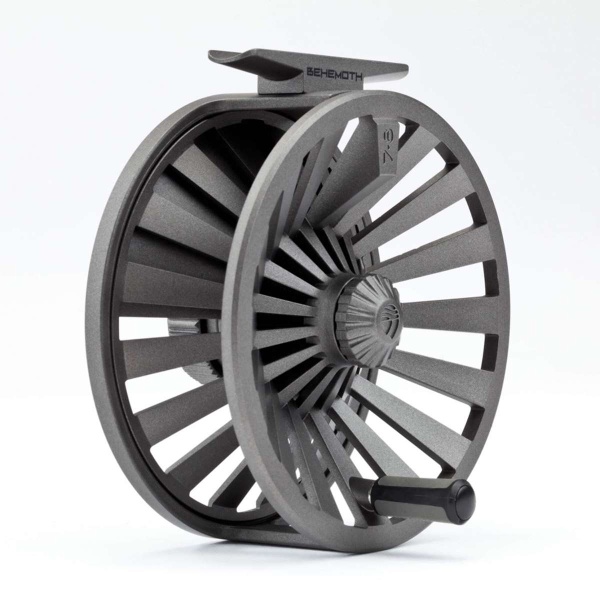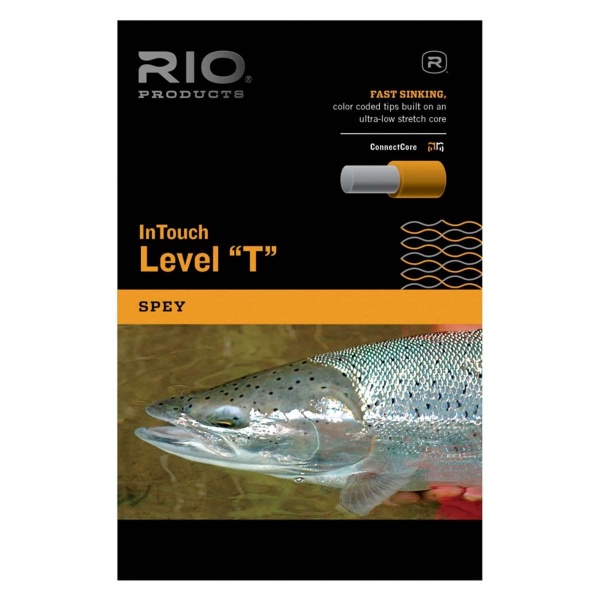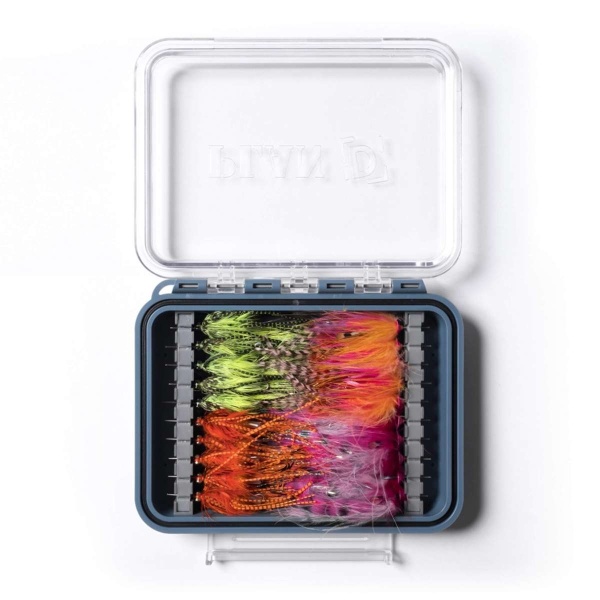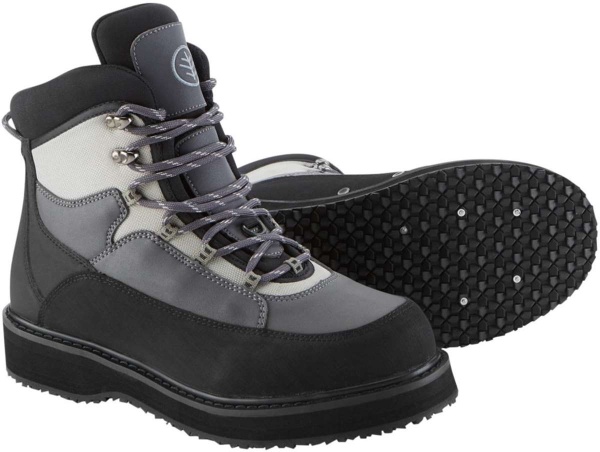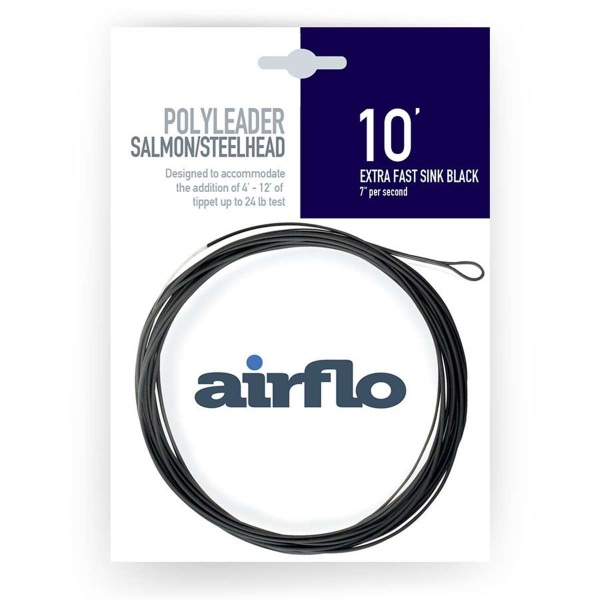What Is Happening?
Dropping temperatures often see stillwater Trout retreat to deeper water, which on reservoirs can be a problem, as this pushes fish out of casting range, especially if the reservoir is brimming full.
In terms of fly hatches, about the only insect we can expect to see are small, dark Buzzers (Chironomids). These will tend to emerge during the warmest part of the day, which is generally noon until 3pm though this might extent until after 4pm (dusk in December) given milder weather.
On smaller stillwaters, Trout remain in casting range, giving us opportunities with Nymphing tactics and in some cases Dry flies.

What Do You Look For?
 The first thing to check is the foam which accumulates on the windward (exposed) shoreline for the bedraggled carcasses of tiny Buzzers will appear amongst the white flecks of foam.
The first thing to check is the foam which accumulates on the windward (exposed) shoreline for the bedraggled carcasses of tiny Buzzers will appear amongst the white flecks of foam.
Take a ganders in cobwebs around the fishery too, that hopefully will be loaded the remnants of recent Buzzer activity..
On the leeward (sheltered) bank, often, small clouds of Buzzers congregate, especially if the air is still. This usually occurs in the later afternoon and towards evening as they take to the air to search for a mate. And whilst they may not tumble to the water, it’s a sure that Buzzers remain active.
What Do You Use?
As the Buzzers we aim to imitate are small, ideally size 16-18 patterns are best though it’s not always necessary to perfectly match the hatch, size for size. For our flies to behave naturally and therefore more convincing, try tethering them to finer tippet materials. Obviously, thinner tippets are more fragile and therefore need protecting.
The best way to do this is drop down in rod ratings. Rather than the usual 7-weight outfit, think about a 6, or even a 5-weight rod. Granted prevailing winds need consideration, but so long as it’s not too blustery, a 5-weight outfit will work a charm on smaller stillwaters with the Wychwood RS2 or the Redington Classic 9 foot #5 are as good as any.
 The Essential Fly 2.86lb Fluorocarbon has a diameter of 0.13mm, which is perfect for wee flies. This breaking strain might seem foolhardy to some, but a 5-weight rod that has a progressive taper easily absorbs the violent headshakes of angry Trout. The Essential Fly 2.86lb Fluorocarbon has a diameter of 0.13mm, which is perfect for wee flies. This breaking strain might seem foolhardy to some, but a 5-weight rod that has a progressive taper easily absorbs the violent headshakes of angry Trout.
Bear in mind too that due to winter time, little in the way of weed exists so it’s not as if your leader will be fouled by this unwanted vegetation as you play fish. |
 | | The Wychwood RS2 9 foot #5 has been created to surpasses the overall feel and performance of Wychwoods best selling rods, at the same time offering exceptional value for money!
Having been specifically designed to offer more power without impacting on the blanks fish-playing performance. The Wychwood RS2 9 foot #5 features an action, a little slower than most fast actioned blanks, which is better suited to all anglers, no matter the ability level |  | | The Redington Classic Trout 9 foot #5 rod is built for travel and general Trout fishing. The 6-piece construction makes packing a breeze, and the length and weight make this model the perfect all around tool for Trout fishing. Designed specifically for the Trout angler. The moderate action of the Redington Classic Trout 9 foot #5 provides the delicacy needed for technical spring creek scenarios, yet packs enough power for big river and boat fishing. | |
| As your main approach will be Buzzer Pupa patterns then a floating line will suffice. | |
| Perhaps more important is presentation, in the way of inching your flies back. Rather than the foot long pulls we see so much of local fisheries, it’s important to diligently employ a slow figure-of-eight retrieve. | |
 The first thing to check is the foam which accumulates on the windward (exposed) shoreline for the bedraggled carcasses of tiny Buzzers will appear amongst the white flecks of foam.
The first thing to check is the foam which accumulates on the windward (exposed) shoreline for the bedraggled carcasses of tiny Buzzers will appear amongst the white flecks of foam.












